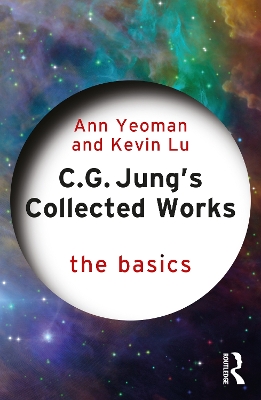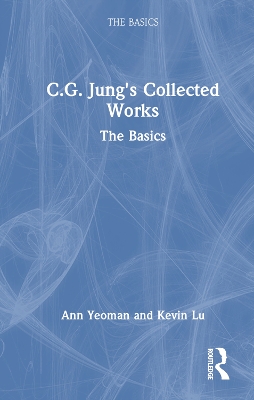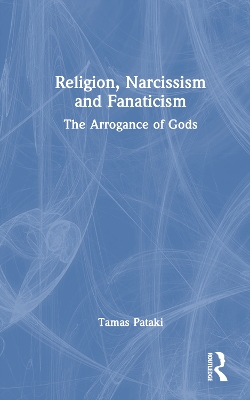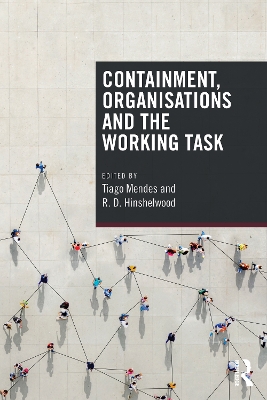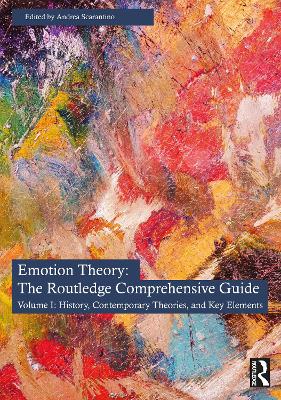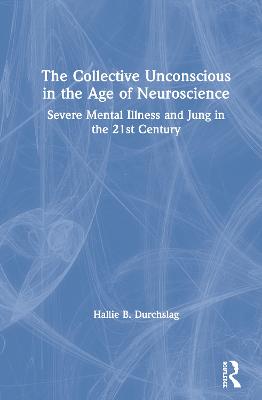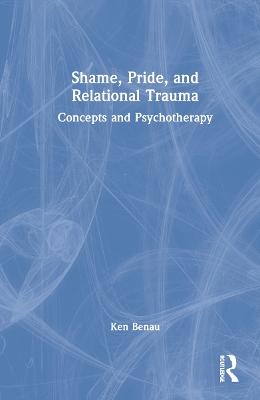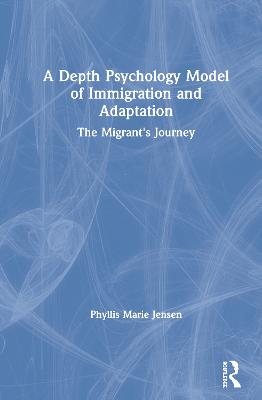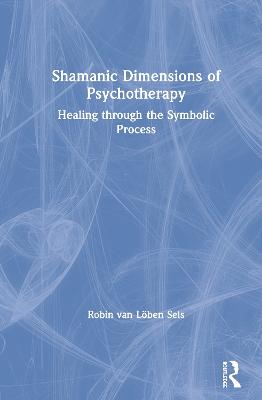Collective Unconscious in the Age of Neuroscience
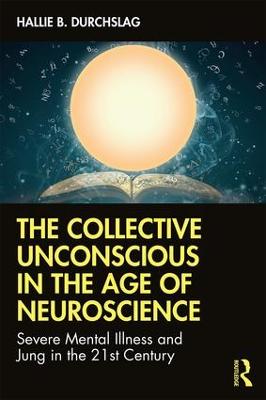 -10%
portes grátis
-10%
portes grátis
Collective Unconscious in the Age of Neuroscience
Severe Mental Illness and Jung in the 21st Century
Durchslag, Hallie B.
Taylor & Francis Ltd
07/2020
162
Mole
Inglês
9781138057364
15 a 20 dias
640
Introduction
Opening the Door
Defining Severe Mental Illness
Jung and Severe Mental Illness
The collective unconscious.
Archetypes.
The challenge of inconsistencies.
Research: Background and Methodology
Initial research questions.
Narrative analysis.
Impressions and extrapolations.
Structure the Book
Moving Forward
References
Notes
Chapter 2
Methodology
Methodological Choices
Methodology and Procedures
Method as path.
Narrative analysis.
Narrative analysis and the hermeneutic tradition.
Data Collection and the Path into the Work
Initial review of the literature.
Personal narrative.
Other autobiographical accounts and the addition of personal field text.
Second review of the literature.
Data Analysis
Researcher Reflexivity
Bias.
The wounded researcher.
Ego defeat.
The Embrace of Qualitative Research in the Natural Sciences
Ethical Considerations
A Hermeneutic Homage
References
Chapter 3
The Importance of Diagnostic Distinctions
Overview
Scientific Advances
Divergent paths of research.
Medical model.
Depth psychology.
The end of Jung's legacy.
Diagnostic Guides
Jaspers.
DSM.
Recent trends: RDoC and PDM.
Framing the Dilemma: Personal Onset
Etiology
Depth psychology.
An example of complementarity.
A Move into Collective Material
Moving Forward
References
Notes
Chapter 4
Thematic Alignment in Psychosis
Stripping Down Terminology
A brief mention on Jung's position in the field.
Anton Boisen.
Perry.
The hero.
Supra-Individual Constellation
The theory of actuality.
Other reflections.
Eschatological content.
References
Notes
Chapter 5
The Personal Narrative of Psychosis
The Naturally Occurring Variable
Temporality
Thematic Analysis
Synopsis
Thematic Analysis using Perry's Categories.
Cosmic conflict, national reform, and new society.
Initiation to qualify for leadership.
Apotheosis, national reform, and new society.
Death.
Aftermath
The Challenge Moving Forward
References
Notes
Chapter 6
The Brain and Pharmaceutical Actions
The Difficult Dilemma of the Brain
The Brain: Action over System
Physiological focus.
Structure.
Pathways and Communication
Overview.
Dopamine.
Serotonin.
Norepinephrine.
Glutamate.
Y-aminobutyric acid.
Monoamine neurotransmitter system.
Example: Dopamine pathways.
Therapeutic Targets in Antipsychotic Medications
Pharmacological Action of Mood Stabilizers
Electrical stimulation.
Mood Stabilizers: Lithium and anticonvulsants.
Moving Forward
References
Notes
Chapter 7
Radiating Outward and the Collective Unconscious
Continuing the Hermeneutic Circle
Brain as Transformer Station
Consideration of energy.
Electroconvulsive therapy (ECT).
Lamictal.
Time
The objective psyche.
Eranos 1951.
Psychoid.
The Non-synchronicity Synchronicity: Foreknowledge
Jung's visions of World War I.
My own delusions.
A Return to the Intrapsychic Dilemma
The psychodynamic argument.
A return to the collective.
Subjective mud.
References
Notes
Chapter 8
From the Transpersonal to the Suprapersonal: Individuation and the Unavoidable Dilemma
The Problem of Spirit
The Suprapersonal
Naming.
Narrative.
Abaissement du Niveau Mental
A spectrum of connection.
Medication and 2003.
Individuation.
Medication and 2010.
Flying without a safety net.
A Different Challenge
References
Chapter 9
Reeling in the Net and Readying it to be Recast
Review
Psyche, Psychoid, and Science.
Readying the Net
Synchronicity and the implicit connection to individuation.
Empirical contributions.
Clinical challenges.
References
Introduction
Opening the Door
Defining Severe Mental Illness
Jung and Severe Mental Illness
The collective unconscious.
Archetypes.
The challenge of inconsistencies.
Research: Background and Methodology
Initial research questions.
Narrative analysis.
Impressions and extrapolations.
Structure the Book
Moving Forward
References
Notes
Chapter 2
Methodology
Methodological Choices
Methodology and Procedures
Method as path.
Narrative analysis.
Narrative analysis and the hermeneutic tradition.
Data Collection and the Path into the Work
Initial review of the literature.
Personal narrative.
Other autobiographical accounts and the addition of personal field text.
Second review of the literature.
Data Analysis
Researcher Reflexivity
Bias.
The wounded researcher.
Ego defeat.
The Embrace of Qualitative Research in the Natural Sciences
Ethical Considerations
A Hermeneutic Homage
References
Chapter 3
The Importance of Diagnostic Distinctions
Overview
Scientific Advances
Divergent paths of research.
Medical model.
Depth psychology.
The end of Jung's legacy.
Diagnostic Guides
Jaspers.
DSM.
Recent trends: RDoC and PDM.
Framing the Dilemma: Personal Onset
Etiology
Depth psychology.
An example of complementarity.
A Move into Collective Material
Moving Forward
References
Notes
Chapter 4
Thematic Alignment in Psychosis
Stripping Down Terminology
A brief mention on Jung's position in the field.
Anton Boisen.
Perry.
The hero.
Supra-Individual Constellation
The theory of actuality.
Other reflections.
Eschatological content.
References
Notes
Chapter 5
The Personal Narrative of Psychosis
The Naturally Occurring Variable
Temporality
Thematic Analysis
Synopsis
Thematic Analysis using Perry's Categories.
Cosmic conflict, national reform, and new society.
Initiation to qualify for leadership.
Apotheosis, national reform, and new society.
Death.
Aftermath
The Challenge Moving Forward
References
Notes
Chapter 6
The Brain and Pharmaceutical Actions
The Difficult Dilemma of the Brain
The Brain: Action over System
Physiological focus.
Structure.
Pathways and Communication
Overview.
Dopamine.
Serotonin.
Norepinephrine.
Glutamate.
Y-aminobutyric acid.
Monoamine neurotransmitter system.
Example: Dopamine pathways.
Therapeutic Targets in Antipsychotic Medications
Pharmacological Action of Mood Stabilizers
Electrical stimulation.
Mood Stabilizers: Lithium and anticonvulsants.
Moving Forward
References
Notes
Chapter 7
Radiating Outward and the Collective Unconscious
Continuing the Hermeneutic Circle
Brain as Transformer Station
Consideration of energy.
Electroconvulsive therapy (ECT).
Lamictal.
Time
The objective psyche.
Eranos 1951.
Psychoid.
The Non-synchronicity Synchronicity: Foreknowledge
Jung's visions of World War I.
My own delusions.
A Return to the Intrapsychic Dilemma
The psychodynamic argument.
A return to the collective.
Subjective mud.
References
Notes
Chapter 8
From the Transpersonal to the Suprapersonal: Individuation and the Unavoidable Dilemma
The Problem of Spirit
The Suprapersonal
Naming.
Narrative.
Abaissement du Niveau Mental
A spectrum of connection.
Medication and 2003.
Individuation.
Medication and 2010.
Flying without a safety net.
A Different Challenge
References
Chapter 9
Reeling in the Net and Readying it to be Recast
Review
Psyche, Psychoid, and Science.
Readying the Net
Synchronicity and the implicit connection to individuation.
Empirical contributions.
Clinical challenges.
References

